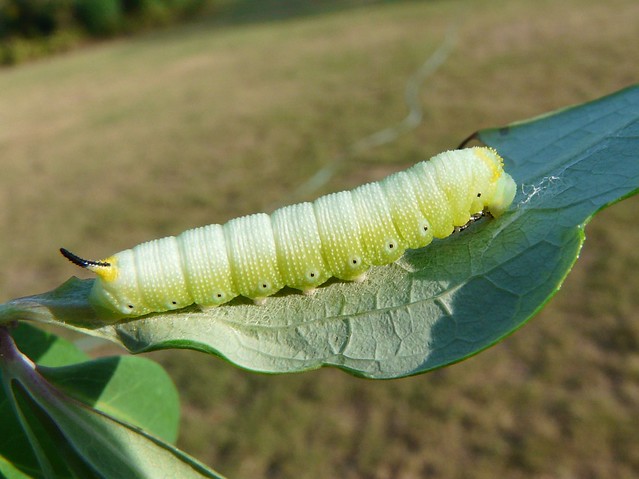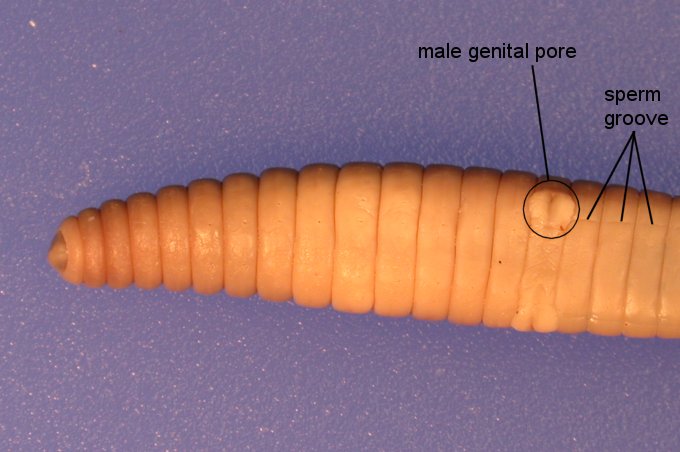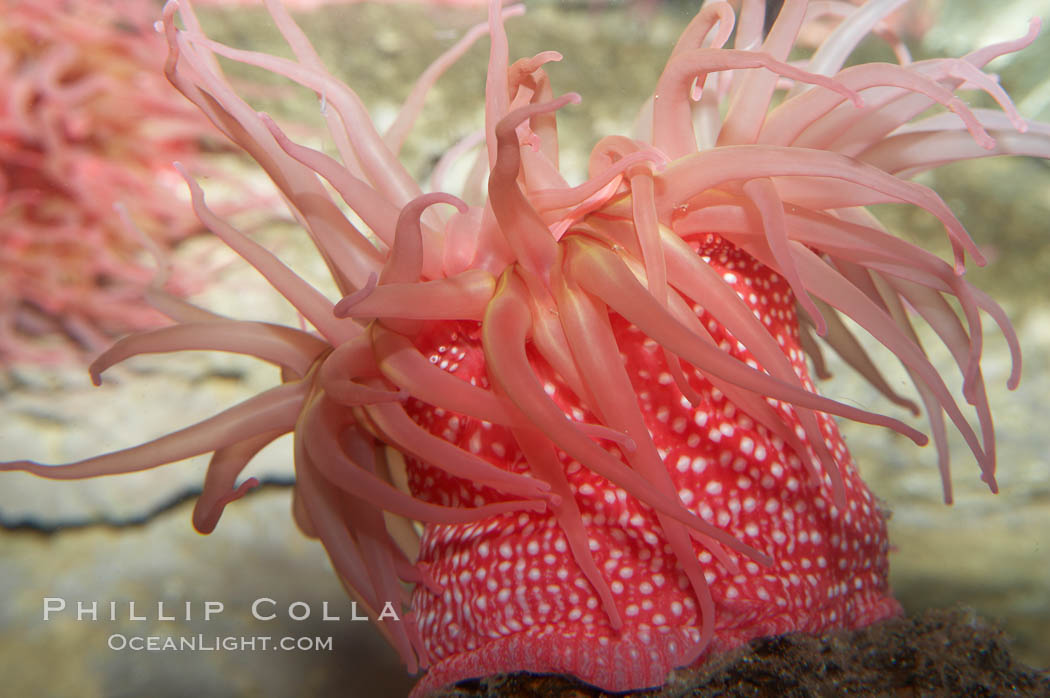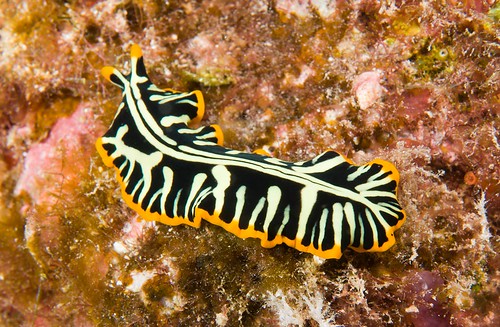The dissection of the rat was very different from our previous dissections because the rat is a vertebrate. This means that it possesses a backbone, and is therefore far more advanced than an invertebrate. The rat is also a mammal, a member of our own phylum. Mammals are endothermic, hairy, air breathing and live bearing animals. Their most important characteristic and also the reason for their name, is that they possess mammary glands with which to nurse their young. Only female mammals can possess these mammary glands. Unfortunately, as we had a male rat, we were unable to observe them. However, the things we were able to observe (such as digestive and circulatory organs) proved very interesting, albeit slightly nauseating!
In dissecting the rat, we come a little bit closer to understanding the inner workings of ourselves and the creatures around us. It becomes apparent, when one studies animals for a period of time, that some characteristics are common to many animals. In recognizing these common characteristics, it becomes easier to identify them in even the most radically different organisms. The gizzard of the earthworm and that of the bird, although they are completely different organisms from entirely different phyla, perform essentially the same function. In dissecting organisms, and not just the rat, we gain a greater understanding and appreciation for the entire spectacular living world around us. It may not be the most pleasant of experiences, but as a teaching tool, it proves invaluable.
- Hands are the best tools in dissection because one can be more precise and delicate with the specimen than is possible using instruments. Additionally, it is beneficial to one's learning to be able to feel the texture, structure and stiffness of each organ.
- The purpose of having many different labels and titles for a dissection is to create a language with which to describe certain organs and be able to identify them using the names given.
- The tail differs from the rest of the rat's body in that it has far less hair and has an almost scaly appearance.

- The vibrissae on the rat act as sensory structures, allowing the rat to sense location, size, textureand other details on objects.

- Bilateral symmetry is a type of biological symmetry in which the organism is separated into two halves down the middle of its body, and each half is a mirror image of the other half.
- The sphincter of the rat is a ring shaped muscle, and it is shaped this way so that it can open and close the valves between various organs.
- The reason for the difference in size between the large and small intestine has to do with the matter that it handles. As the small intestine handles freshly digested food that is soft, there does not need to be too much room for food to pass through. The large intestine deals with food that has been digested well and is beginning to solidify and form feces. Therefore, less room is needed in the small intestine than in the large intestine because fecal matter takes up more space.
- The function of the liver in the rat is to digest fats, process nutrients, produce urea and cholesterol, to store vitamins and minerals and to filter the blood.
- The duodenum acquired its name from the Latin equivalent that means 12 finger widths (about 20 cm.)
- The appendix in rats in known as the cecum and is used for digesting high fibre plant materials containing cellulose. This digestion is done by bacteria in the cecum that release enzymes to digest the cellulose.
- The function of the membrane covering the walls of the body cavities and organs is to secrete a lubricating fluid that reduces friction from muscle movement.
- The function of the spleen in the rat is to clean the blood by destroying old blood cells and producing new ones.
- The function of the diaphragm in the rat is to expand and contract the thoracic cavity. This allows the lungs to expand to take in oxygen, and then deflate to release carbon dioxide.

- There are certain features that differentiate the atria from the ventricles. The smaller atria have thinner muscle tissue than the lower ventricles. Also, the atria pumps blood to the ventricle, and the ventricle pumps blood to the rest of the body. It is larger because it has a more complex function to perform than the atria.

- The left ventricle wall is thicker than the right ventricle wall because it needs to pump blood to the entire body whereas the right ventricle only needs to pump blood to the lungs to be oxygenated. Pumping blood to the entire body requires more muscle, so the left ventricle is thicker.
- Although the differences between the male and female reproductive systems of the rat are more pronounced, there are certain similarities between them as well. They both produce gametes, possess two adrenal glands, two kidneys, a urinary bladder, a urethra and an anus.
- The function of the kidneys in the rat are to excrete nitrogenous wastes in the form of urine and to regulate the water balance of the animal.
- The Thyroid, Thymus and Adrenal glands belong to the Endocrine system of the rat. The Thyroid gland controls how quickly the body uses energy, makes proteins and controls how sensitive the body is to other hormones. The Thymus gland functions in the development of the immune system by releasing hormones that stimulate the production of T-Cells. The Adrenal glands release hormones in response to stress, release androgens, and are involved in regulating the concentration of blood.












.JPG)









































